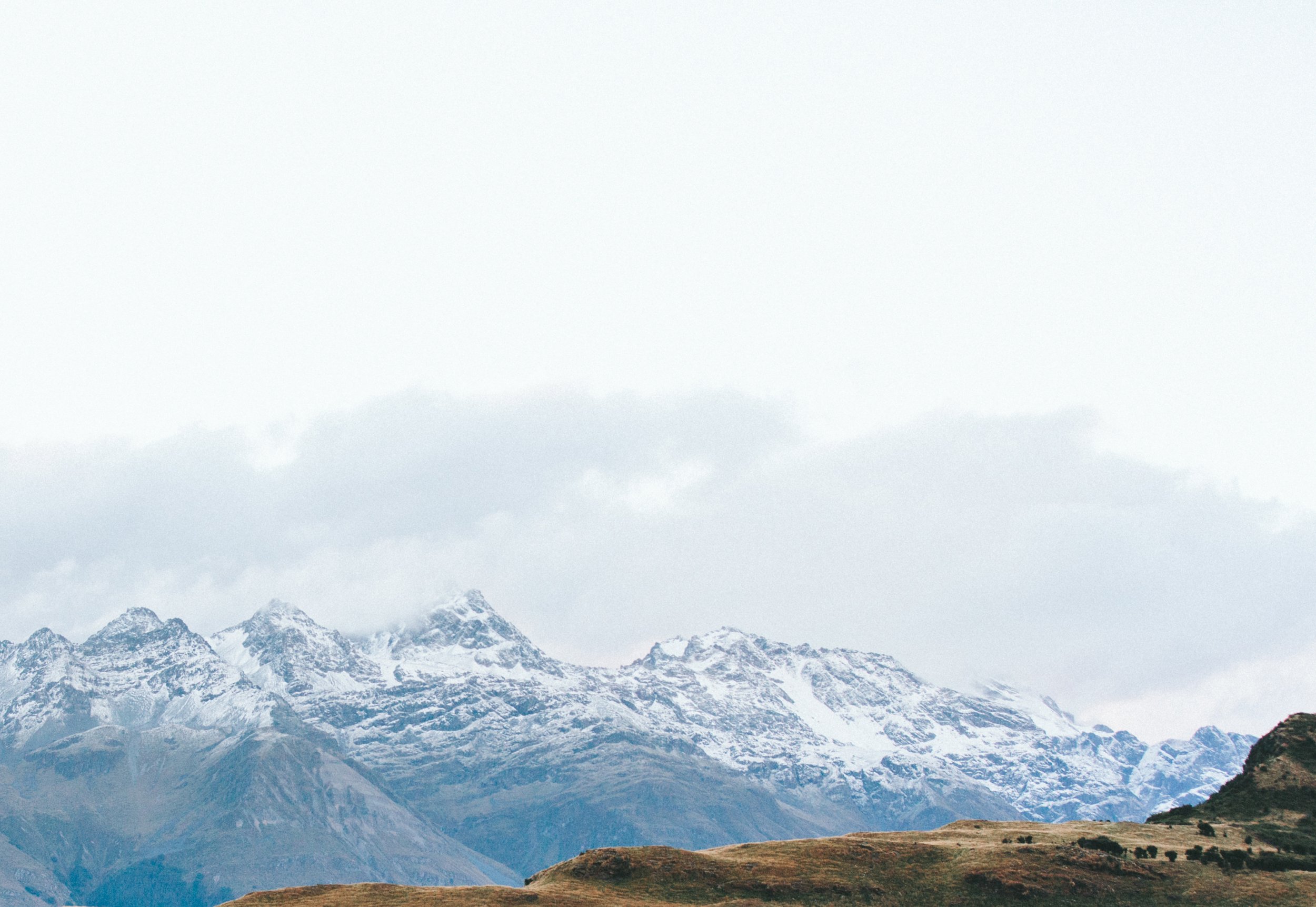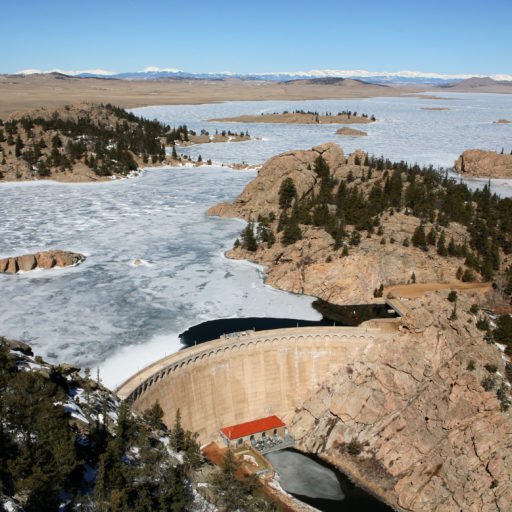
11 MILE RESERVOIR HISTORY
Learn About the History of 11 Mile Reservoir
In 1806, President Thomas Jefferson sent Lieutenant Zebulon Pike with 21 men to explore the South Park Area. After a failed attempt at climbing what is now called Pikes Peak, Lt. Pike entered South Park just east of where Eleven Mile Reservoir now lies, and then advanced west. He then climbed an elevation which was probably Spinney Mountain. Pike’s 1806 journal provides the first clear evidence of Anglo-European influence in the area. However, it took another 50 years before that influence made an impact.
Construction of the Eleven mile dam began in 1930 and was completed just two years later in 1932. Eighty men worked on the original dam project, living in a camp about 1000 feet down the canyon from the dam site. Three hundred thousand sacks of cement were used to make 50,000 cubic yards of concrete for the original dam structure.
The completion of the dam caused the South Platte River to flood the towns of Howbert, Idlewild, and Freshwater Station
Surrounding mountains and campgrounds in Eleven Mile State Park have been named after a few of the ranchers whose lands now lies underwater. Howbert cemetery is believed to be on dry land, but has not been located.?
The Eleven mile dam was built upon a series of stair steps cut into the surrounding rock wall and rising 147 feet high above the bedrock. Because of this, the canyon walls hold the weight of the water, not the dam itself. When completed, the Eleven Mile Dam created the largest, artificial body of water in Colorado at that time. An extension to the spillway was added in 1957 which brought Eleven Mile’s bulk capacity to 97,779 acre feet of water.
Beneath the water of Eleven Mile Reservoir lies the town site of Howbert, which was founded by B.R. Dell in 1887. The town was named for Colorado Midland Railway organizer Irving Howbert and soon boasted its own railroad station, mercantile, post office, and telegraph office. Timber cutting played an important role in the early success of the town, but ranching soon took precedence and the town’s population increased to about 100 with 20 buildings. In the 1920s, the Denver Water Board began purchasing land above Eleven Mile Canyon and what remained of Howbert was slated for inundation along with 12 nearby ranches.
The school board was able to move the Howbert School before the reservoir’s dam was completed in 1932, but today the only reminder of the former town is the campground named in its honor directly across the lake from the 11 Mile General Store.



